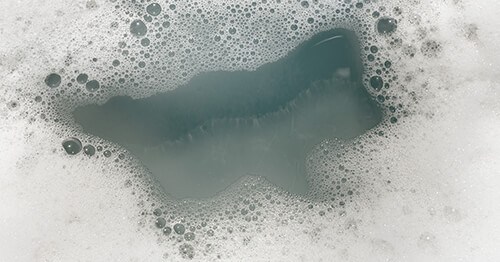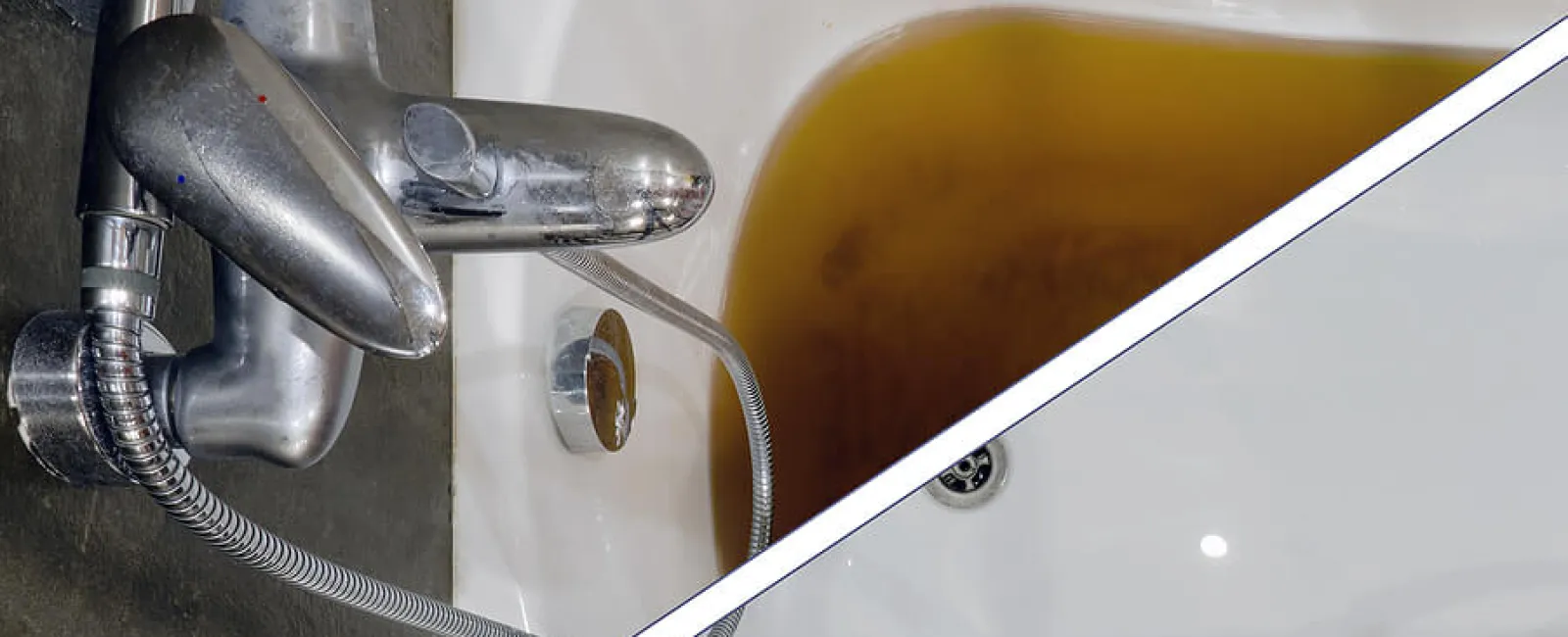An Guide to Discharge Emergence in the Bathtub
An Guide to Discharge Emergence in the Bathtub
Blog Article
Just how do you actually feel in regards to What To Do If Sewage Starts Backing Up Into the Shower?

Sewage backup in the tub can be a traumatic and unhygienic problem for any homeowner. Not only is it bothersome, however it also poses serious wellness dangers and shows underlying issues with the plumbing system. Comprehending why sewage is turning up through the tub is important for taking suitable action to resolve the issue properly.
Introduction to the Concern
Typical Reasons for Sewer Back-up
Blockages in the Drain Line
Among the most typical root causes of sewer backup is a blockage in the sewer line. This can happen because of the accumulation of debris, grease, or international things in the pipelines, avoiding correct flow and triggering sewage to back up right into your bathtub.
Tree Origin Invasion
Tree origins looking for moisture and nutrients can infiltrate sewer lines through small splits or joints. In time, these roots can expand and increase, creating substantial damage to the pipelines and resulting in sewer back-up problems.
Recognizing the Issue
When sewer starts backing up right into the tub, it's a clear sign of an issue with the water drainage system. The wastewater that should be streaming far from your home is instead locating its way back right into your home, which can bring about considerable damages and health hazards.
Possible Reasons
Numerous aspects can contribute to sewer back-up in the tub. From clogs in the sewage system line to issues with the plumbing framework, determining the source is important for locating a service.
Aging Infrastructure
Older homes may have obsoleted plumbing systems that are much more prone to deterioration, fractures, and wear and tear. As pipes age, they end up being more vulnerable to leaks and obstructions, enhancing the possibility of sewage back-up incidents.
Heavy Rainfall or Flooding
During periods of heavy rainfall or flooding, the sewer system might end up being overloaded with excess water, triggering backups and overflows. This can result in sewer backing up into bathtubs and various other components inside the home.
Signs of Sewer Backup
Foul Odors
Unpleasant smells emanating from drains pipes or components, especially in the shower room, may suggest sewage back-up concerns. These odors are commonly solid and relentless, indicating a problem that requires immediate interest.
Slow Draining Fixtures
Tubs, sinks, and bathrooms that drain pipes gradually or not whatsoever could be experiencing sewage backup. If several components are impacted at the same time, it's likely that the problem originates from a typical point, such as the primary drain line.
Gurgling Noises
Odd gurgling or gurgling sounds originating from drains when water is running in other places in the house are a measure of air entraped in the plumbing system. This air buildup can result from sewer backup and must be checked out promptly.
Health And Wellness Dangers Associated with Sewer Back-up
Contamination of Water System
Sewer backup can infect the water system in your house, posing a significant wellness risk to you and your family. Direct exposure to contaminated water can result in stomach problems, skin infections, and various other diseases.
Mold and mildew Development
Moisture from sewage back-up can produce ideal problems for mold and mildew growth in your home. Mold spores can aggravate respiratory system problems and trigger allergic reactions in delicate individuals, making timely cleanup important.
Spread of Condition
Sewage includes hazardous bacteria, viruses, and bloodsuckers that can create a range of illness, including liver disease, cholera, and gastroenteritis. Entering into contact with sewage or contaminated surface areas puts you in jeopardy of infection.
Cleaning Up After Sewer Back-up
Disinfection Procedures
Thoroughly sanitize and disinfect influenced locations after sewer backup to eliminate damaging microorganisms and avoid mold and mildew growth. Use appropriate cleansing items and safety gear to ensure safe and effective cleaning.
Remediation of Influenced Locations
Repair any kind of damages to floor covering, walls, or fixtures triggered by sewage backup. Relying on the degree of the damages, you may require to change carpeting, drywall, or other products to restore your home to its pre-loss problem.
Immediate Actions to Take
Turning Off Water
In case of sewer backup, it's vital to switch off the supply of water to stop more contamination and damages. Locate the main water shutoff valve in your house and shut it off up until the problem can be solved.
Contacting a Specialist Plumber
Taking care of sewer back-up is not a DIY task. Get in touch with an accredited plumber with experience in handling sewage-related concerns to evaluate the scenario and carry out essential repairs or clean-ups.
Preventing Contact with Infected Water
Till the sewage back-up is fixed, avoid contact with contaminated water to avoid the spread of germs and virus. Use safety gear if you should be in the afflicted area and clean your hands thoroughly afterward.
Preventive Measures
Routine Upkeep of Drain Lines
Set up normal assessments and upkeep of your sewage system lines to identify and address prospective concerns before they rise into significant troubles. This can consist of clearing out particles, inspecting for tree origin invasion, and repairing any type of broken pipes.
Mounting Bayou Shutoffs
Think about mounting bayou valves in your plumbing system to stop sewage from receding into your home throughout durations of heavy rainfall or flooding. These shutoffs instantly close when water draws back up, protecting your residential or commercial property from contamination.
Appropriate Disposal of Household Waste
Avoid purging anything besides toilet tissue and human waste down the toilet to avoid obstructions and obstructions in the sewage system line. Dispose of oil, oil, and various other house chemicals effectively to reduce the threat of plumbing issues.
Why Is Water Backing Up in My Bathtub When I Flush My Toilet?
What to do about a sewer line clog
First, don’t bother with plunging. No amount of plunging will dislodge the clog in a sewer line. The clog is too far away. Plungers are for clogs in the toilet itself, not the sewer line. Plus, the most likely causes of a sewer clog are:
Tree roots Flushed toys or feminine products Grease buildup Those items don’t move easily. And in the case of tree roots, the roots need to be cut out of the pipe and the pipe will need to be repaired.
You’ll need a closet auger. A closet auger is a type of plumber’s snake with a protective cover to keep from scratching the delicate porcelain toilet. If the clog is further down, you may need to remove the toilet or use one of your cleanouts to get to the clog.
We also recommend doing a video inspection of the drain to ensure that the cause of the clog has been completely removed. Otherwise, you could have the same problem again in a few days or weeks.
https://mspplumbingheatingair.com/blog/why-is-water-backing-up-in-my-bathtub-when-i-flush-my-toilet

As a devoted person who reads about Why is Sewage Backing Up Into My Bathtub?, I figured sharing that piece of content was sensible. Are you aware of someone else who is serious about the topic? Why not promote it. I thank you for your readership.
More Details
Report this page